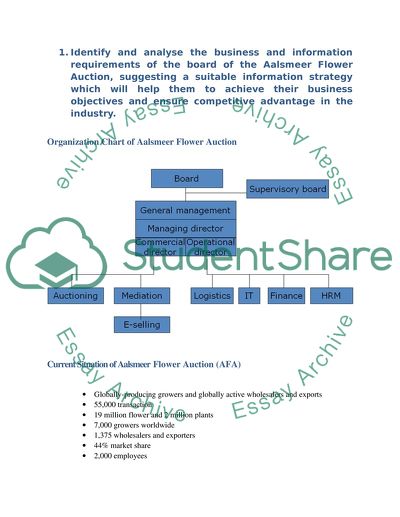Cite this document
(The Telecommunication and Information System and the Auction of AFA Research Paper, n.d.)
The Telecommunication and Information System and the Auction of AFA Research Paper. Retrieved from https://studentshare.org/marketing/1738007-info-system
The Telecommunication and Information System and the Auction of AFA Research Paper. Retrieved from https://studentshare.org/marketing/1738007-info-system
(The Telecommunication and Information System and the Auction of AFA Research Paper)
The Telecommunication and Information System and the Auction of AFA Research Paper. https://studentshare.org/marketing/1738007-info-system.
The Telecommunication and Information System and the Auction of AFA Research Paper. https://studentshare.org/marketing/1738007-info-system.
“The Telecommunication and Information System and the Auction of AFA Research Paper”, n.d. https://studentshare.org/marketing/1738007-info-system.


